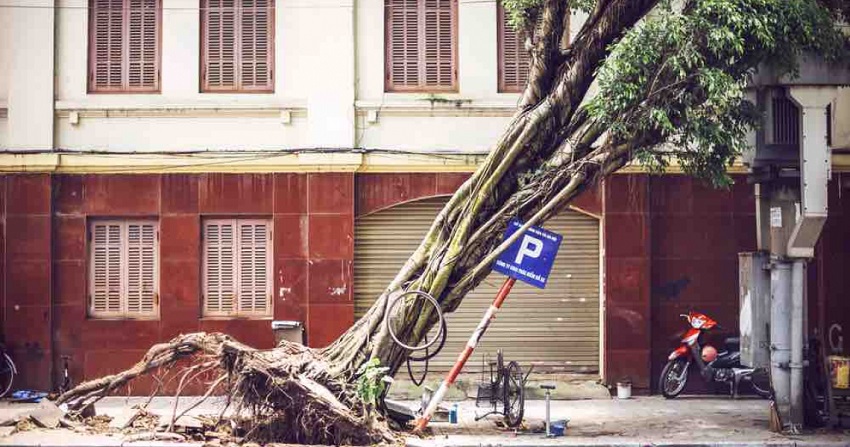200 Cities Using New Tool to Improve Disaster-related Resilience
Read the entire article at CityScope.
In a bid to boost resilience in the face of disaster, some 200 cities say they will start using a new tool to develop strategies for curbing disaster losses from climate change and other risks. The tool was released last week at the Global Platform for Risk Reduction summit held in Cancún, Mexico. Published by the U. N. Office for Disaster Risk Reduction, the Disaster Resilience Scorecard for Cities, as the tool is known, enables urban leaders to align their local disaster risk reduction efforts with an international accord known as the Sendai Framework for Disaster Risk Reduction.
The scorecard is an update of a previous version that was piloted in 35 cities, including Hong Kong, Geneva, Quito and Kisumu, Kenya. Companies AECOM and IBM, as well as the European Commission and USAID, were involved in the update. Designed for local authorities to assess the resilience of their cities, guide local strategies around disaster risk reduction, and track their progress on implementation of the Sendai Framework, the scorecard can be used for two levels of assessment: preliminary and detailed.
The preliminary assessment is based on the UNISDR’s ‘10 essentials for making cities resilient’. These cover issues of governance and financial capacity, planning and disaster preparation, and how cities respond and recover in the wake of disaster. For example, one query posed by the scorecard asks of local leaders, “Is there a strategy or process in place for post-event recovery and reconstruction, including economic reboot, societal aspects, etc.?”
The detailed assessment gets further into the intricacies of what’s required for a local plan around reducing disaster risk and increasing city resilience. It looks at things like putting in place organizational structures and identifying processes to understand and act on risk reduction, understanding current and future risks to inform decision-making, and strengthening financial capacity for resilience, among other things.



